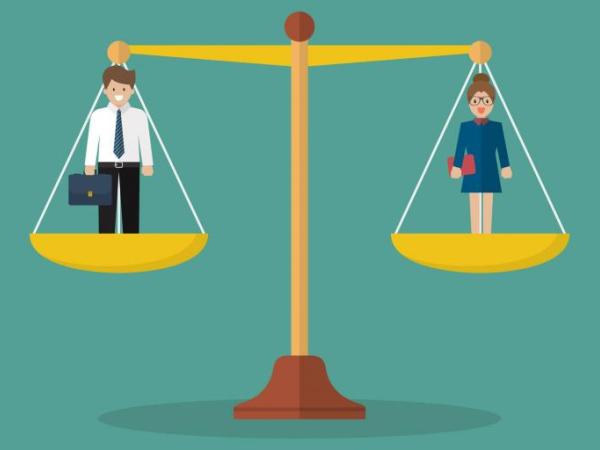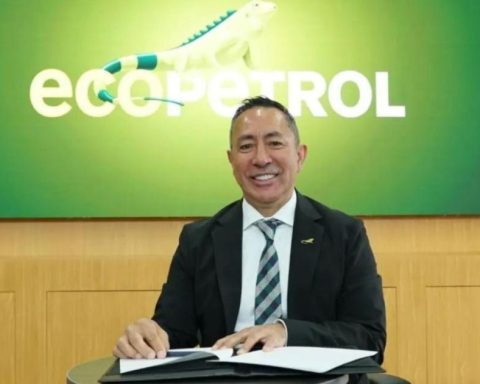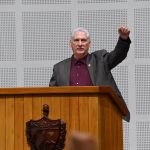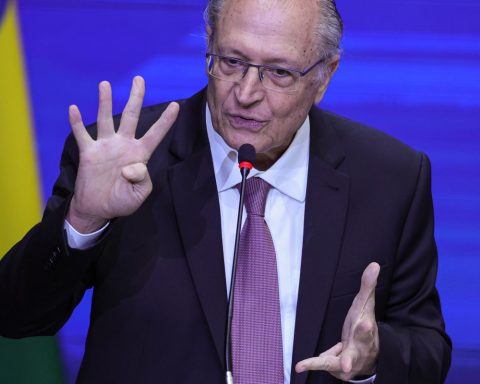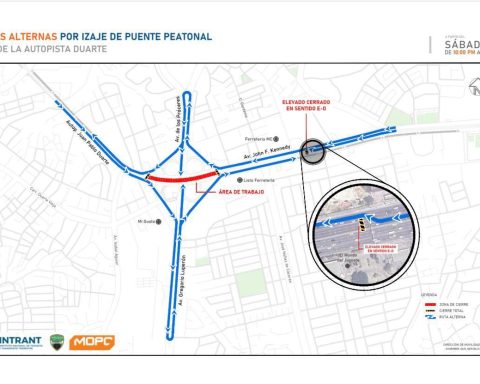The Financial Superintendence of Colombia and Banca de las Oportunidades presented this Tuesday, August 2, the data collection of the 2022 Financial Inclusion Demand Survey, applied by the National Consulting Center between April and May.
(Read: Mining moratorium and other proposals for the first 100 days of Petro).
Regarding the alternatives to make deposits and payments, 47.9% of those consulted indicated that they had a savings account and, in an equal proportion, a digital wallet. 37% use a debit card and 9.2% a current account. The main reasons for choosing these options are marked by the ease and security that they offer to carry out different types of transactions.
Through this survey collected information from 5,513 people over the age of 18 from all regions of the country in order to know the perception of financial consumers regarding the quality and use of the different deposit, credit and insurance options, as well as their preferences when making payments.
Among the conclusions of the study are that although digital media have been key to improving access, there are still differences in the use of these tools, especially in the older adult population and in rural areas.
Internet coverage and digital appropriation are essential to take advantage of the mass use of smart cell phones and as a key point it is important to understand the determinants of the differences between population groups and between rural levels. Not only in access, but in how they use your products.
(Also: ‘We are not going to govern with a rearview mirror’, conclusions of the joint).
Likewise, it was determined that the preference for cash to make payments is still high, but it presented lower values than those found in the previous sample. It continues to be perceived as a low-risk medium, with ease and zero cost to carrying out transactions.
It also mentions that the customer experience must continue to be improved as a fundamental tool to continue building trust.
BRIEFCASE
